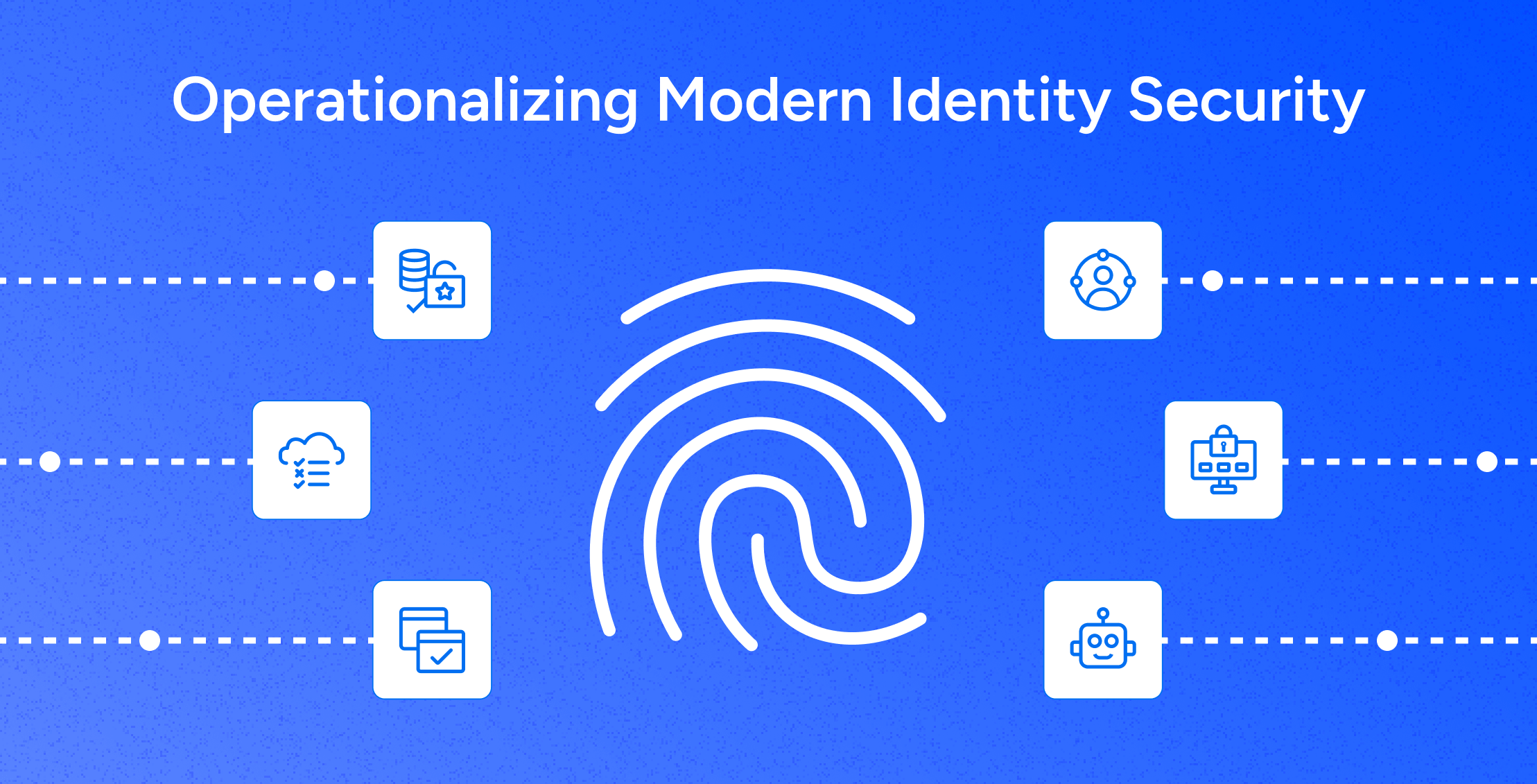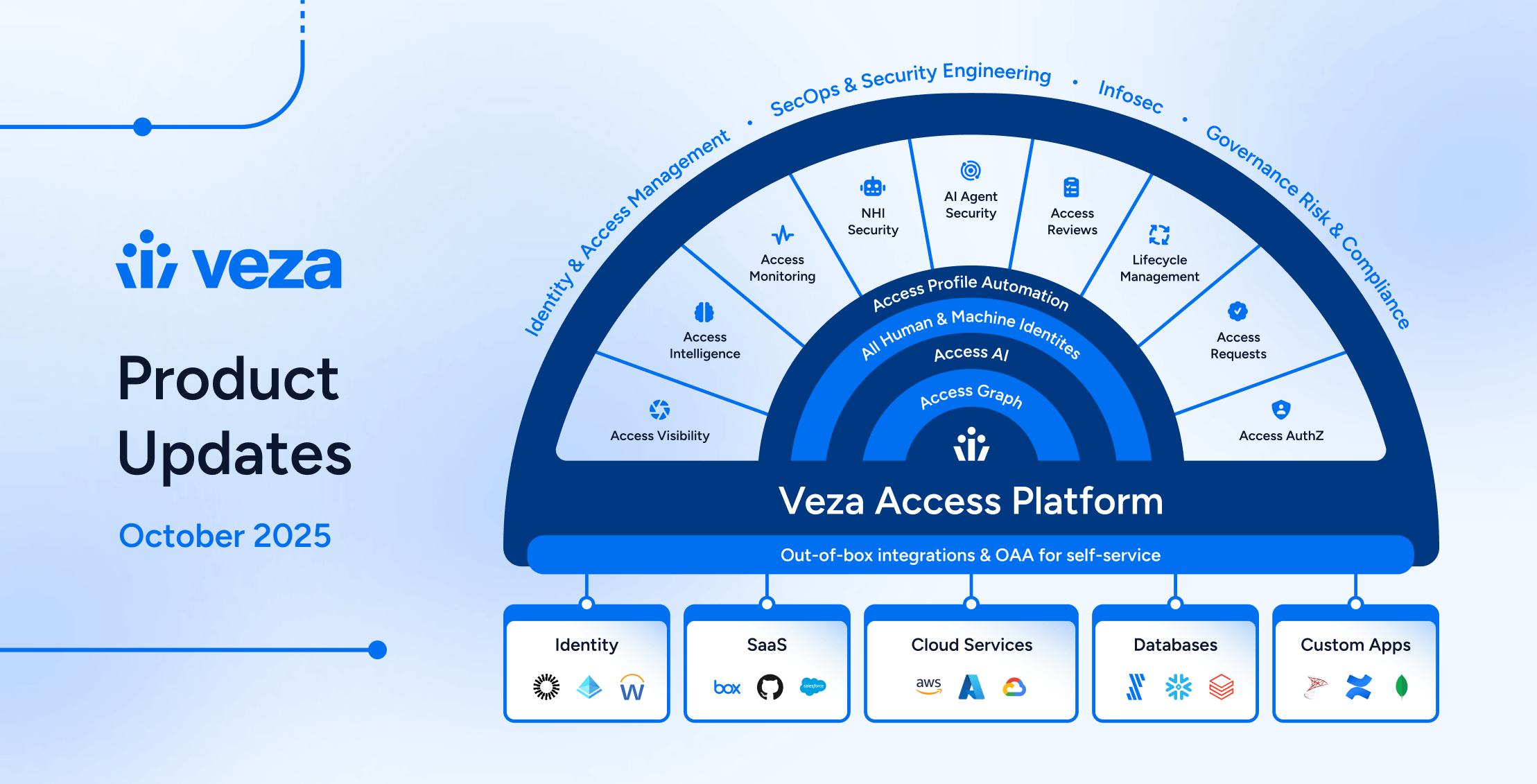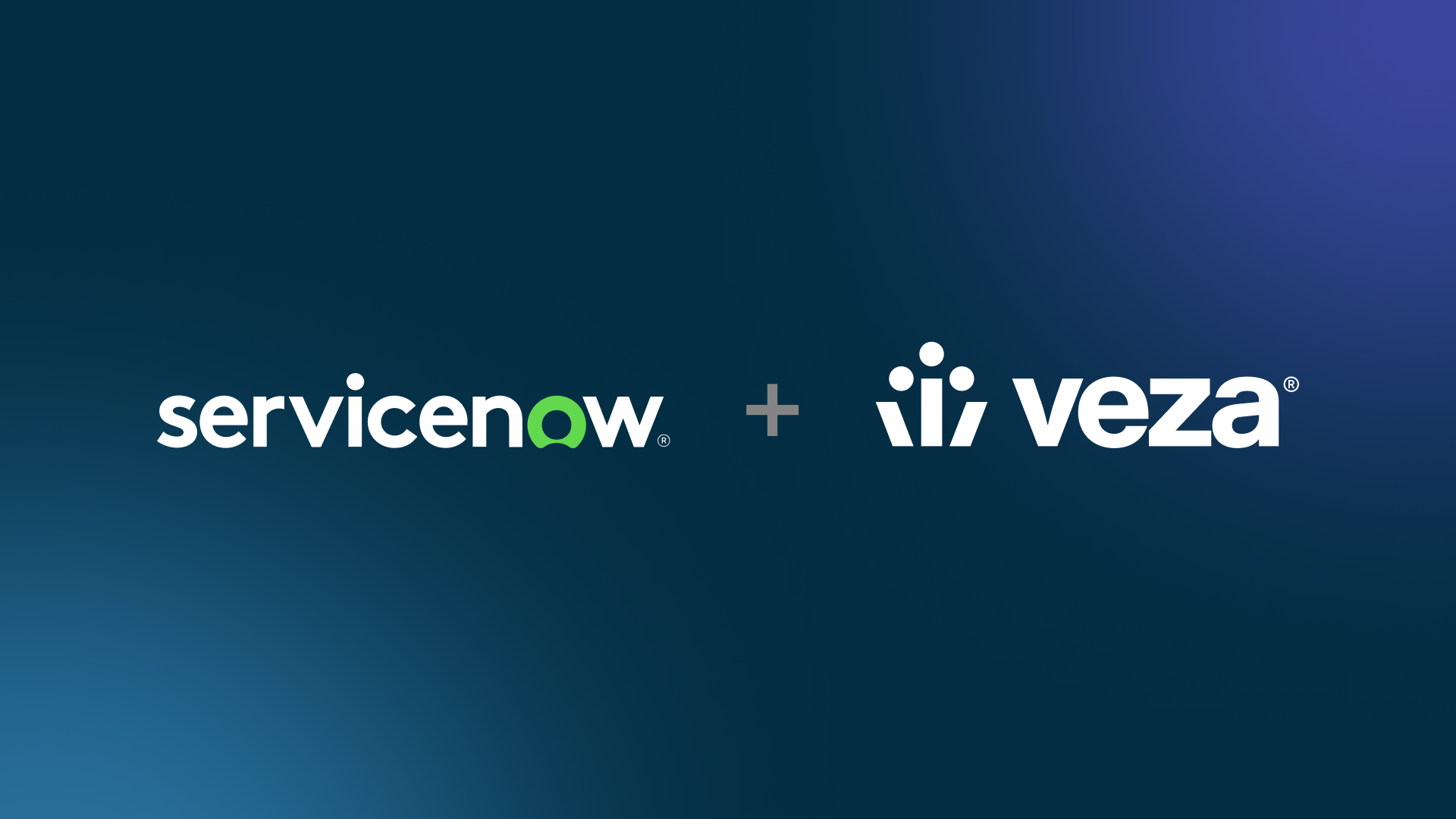
The past two decades of enterprise security have revealed a consistent pattern: promising technologies often fall short of their full potential – not due to technical limitations, but because of gaps in organizational operationalization. In today’s complex identity security landscape, this lesson remains critically relevant.
The Reality Check
The promise of modern identity security platforms is undeniably compelling. The ability to see, understand, and control access across an entire technology stack – from legacy systems to cloud services – represents a powerful capability. However, visibility alone doesn’t solve problems; it often simply makes them more apparent.
This reality drives a common concern among security leaders: “Won’t enhanced visibility just create more work for already stretched teams?” While this concern is understandable, it overlooks a fundamental truth: the work already exists. The risks are present whether visible or not. The real question isn’t whether to take on the work – it’s how to approach it intelligently and efficiently.
Building Value Through Phases
Successful operationalization requires a methodical approach that builds value incrementally. Each phase builds upon previous achievements, creating a foundation for sustainable security growth.
Key phases typically include:
Initial Visibility and Quick Wins
- Deploy core integrations with major platforms
- Focus on immediate risk reduction through baseline alerting
- Address the obvious issues: dormant privileged accounts, toxic access combinations
Intelligence-driven Governance
- Integrate with HR systems and identity providers
- Implement automated access reviews and certifications
- Establish proper joiner/mover/leaver workflows
Proactive Risk Management
- Develop custom integrations for unique business needs
- Implement proactive risk analytics
- Enable continuous compliance monitoring
Parallel Paths of Value Generation
Value generation in modern identity security follows two distinct but complementary paths: security/risk reduction and governance/compliance. While these paths operate at different speeds and with different requirements, they ultimately converge to create comprehensive security coverage.
Security and Risk Reduction Path
This typically moves faster and shows immediate value:
- Quick Wins: Immediate visibility into over-privileged accounts, toxic combinations, and dormant privileged access
- Rapid Risk Reduction: Ability to identify and remediate critical access risks within days of deployment
- Measurable Impact: Clear metrics around reduced attack surface and improved security posture
The security path often gains quick momentum because:
- Risks are more clearly quantifiable
- Security teams are typically more agile in implementation
- The value proposition is immediately clear to leadership
Governance and Compliance Path
This path usually requires more time but builds lasting value:
- Process Evolution: Moving from manual to intelligence-driven access reviews
- Stakeholder Alignment: Building consensus across business units
- Cultural Transformation: Shifting from periodic to continuous compliance
While governance takes longer to mature, it often delivers more sustained organizational value through:
- Improved compliance posture
- More efficient audit processes
- Better business engagement in access management
Legacy System Integration
The governance and compliance journey must carefully navigate the complex landscape of legacy systems. Most enterprises operate on a mix of modern and legacy systems, creating unique challenges for comprehensive identity security implementation.
Key legacy system challenges include:
- Custom Applications: Often developed over decades with limited modern integration capabilities
- Tribal Knowledge: Access management frequently depends on institutional knowledge
- Inconsistent Data Models: Each system may handle identities and permissions differently
- Business Criticality: Core processes often run on legacy systems that can’t be disrupted
Despite these challenges, successful integration is essential and achievable through careful planning and modern identity platforms’ capabilities.
Value Creation Dimensions
Modern identity security platforms drive value across multiple dimensions, creating a comprehensive improvement in security posture and operational efficiency.
Efficiency Gains
The implementation of modern platforms transforms routine security operations through:
- Reduced time for access reviews
- Streamlined audit preparation
- Lower operational costs through intelligent automation
- Faster incident response enabled by immediate access visibility
Effectiveness Improvements
Beyond efficiency, these platforms enhance security effectiveness by providing:
- Unified visibility into identity-to-data relationships
- Real-time entitlement mapping
- Automated policy enforcement
- Intelligence-driven decision making capabilities
The combination of improved efficiency and effectiveness creates a multiplicative effect on security operations, allowing organizations to accomplish more with existing resources.
Risk Reduction
- Decreased number of over-privileged accounts
- Improved compliance scores
- Reduced attack surface
- Better protection of critical data assets
Enhanced User Experience
- Streamlined access request processes
- Improved visibility for stakeholders
- More informed decision-making
- Reduced business friction
The Resource Reality: Doing More Without More
One persistent concern among security leaders involves resourcing requirements for modern identity platforms. However, operational experience reveals that these platforms typically optimize existing resources rather than demanding additional headcount.
Enhanced Team Capabilities
Existing security personnel become more effective through:
- Advanced intelligence augmenting decision-making
- Prioritized alerting streamlining workflows
- Rich data models providing comprehensive visibility
Role Evolution
Team members naturally evolve into higher-value activities:
- IAM specialists gain a holistic view of identity-to-data relationships
- Security analysts benefit from real-time risk insights
- Compliance officers achieve more efficient audit processes
Resource Reallocation
The automation and intelligence capabilities often allows teams to:
- Shift resources from manual tasks to strategic initiatives
- Focus skilled personnel on high-value activities
- Reduce time spent on routine access reviews and report generation
The Change Management Component
Change management often emerges as the most overlooked aspect of operationalization. While platforms can provide unprecedented visibility into access risks, successful implementation requires broad business buy-in to act on these insights.
Success requires:
- Clear communication about the value proposition
- Executive sponsorship for enforcement actions
- Training and support for business unit leaders
- Regular feedback loops with stakeholders
Making It Work: A Practical Approach
To successfully operationalize across both security and governance paths:
Align Your Timing
- Start with security quick wins to build momentum
- Layer in governance improvements progressively
- Allow each path to move at its appropriate speed
Build Cross-functional Capabilities
- Develop skills across security and governance domains
- Create shared metrics that matter to both paths
- Establish common processes where appropriate
Measure Different Types of Value
- Security metrics: risk reduction, incident response time
- Governance metrics: review completion rates, audit findings
- Operational metrics: automation rates, resource utilization
The Path Forward
Operationalization follows distinct paths for different organizations, shaped by key factors including:
- Current maturity level
- Resource availability
- Risk appetite
- Compliance requirements
- Cultural readiness
The journey to modern identity security transcends technology, representing a fundamental transformation in access management and risk reduction approaches. While the right platform serves as a powerful enabler, successful implementation hinges on thoughtful operationalization.
Effective programs balance dual security and governance paths while maintaining focus on progressive value creation. Understanding where different types of value can be generated and optimizing resource utilization leads to sustainable and effective identity security programs that deliver measurable results without overwhelming existing teams.
The fundamental goal is not to increase workload but to enable smarter operations, more effective risk reduction, and sustainable secure access management. Organizations that begin with core fundamentals, establish confidence through quick wins, and expand capabilities methodically create lasting success. While securing identities and access remains an ongoing process, proper operationalization makes it manageable, measurable, and meaningful.






